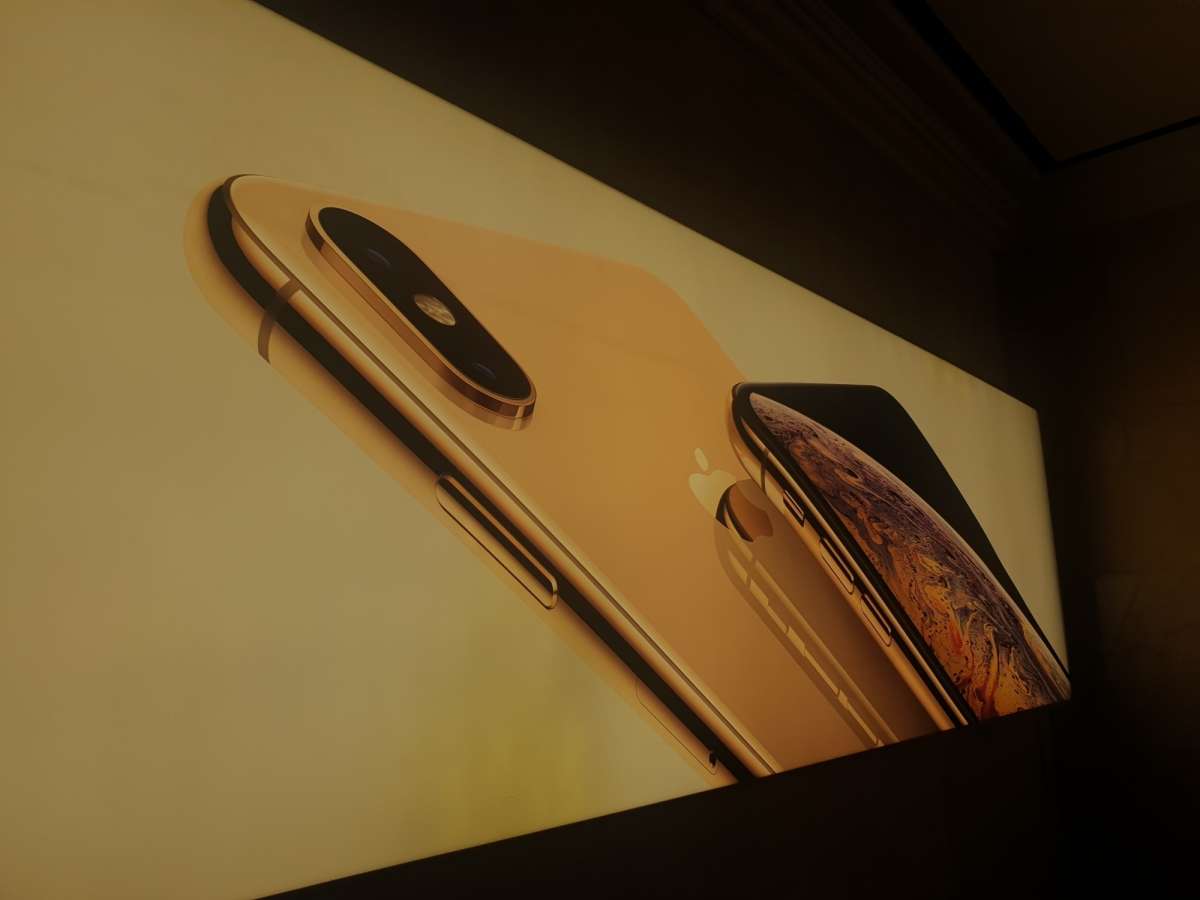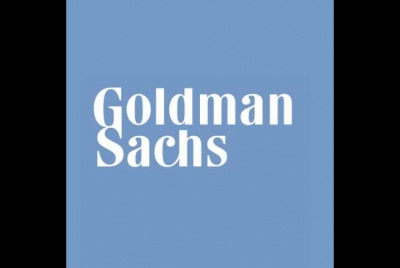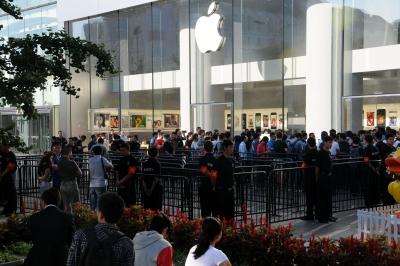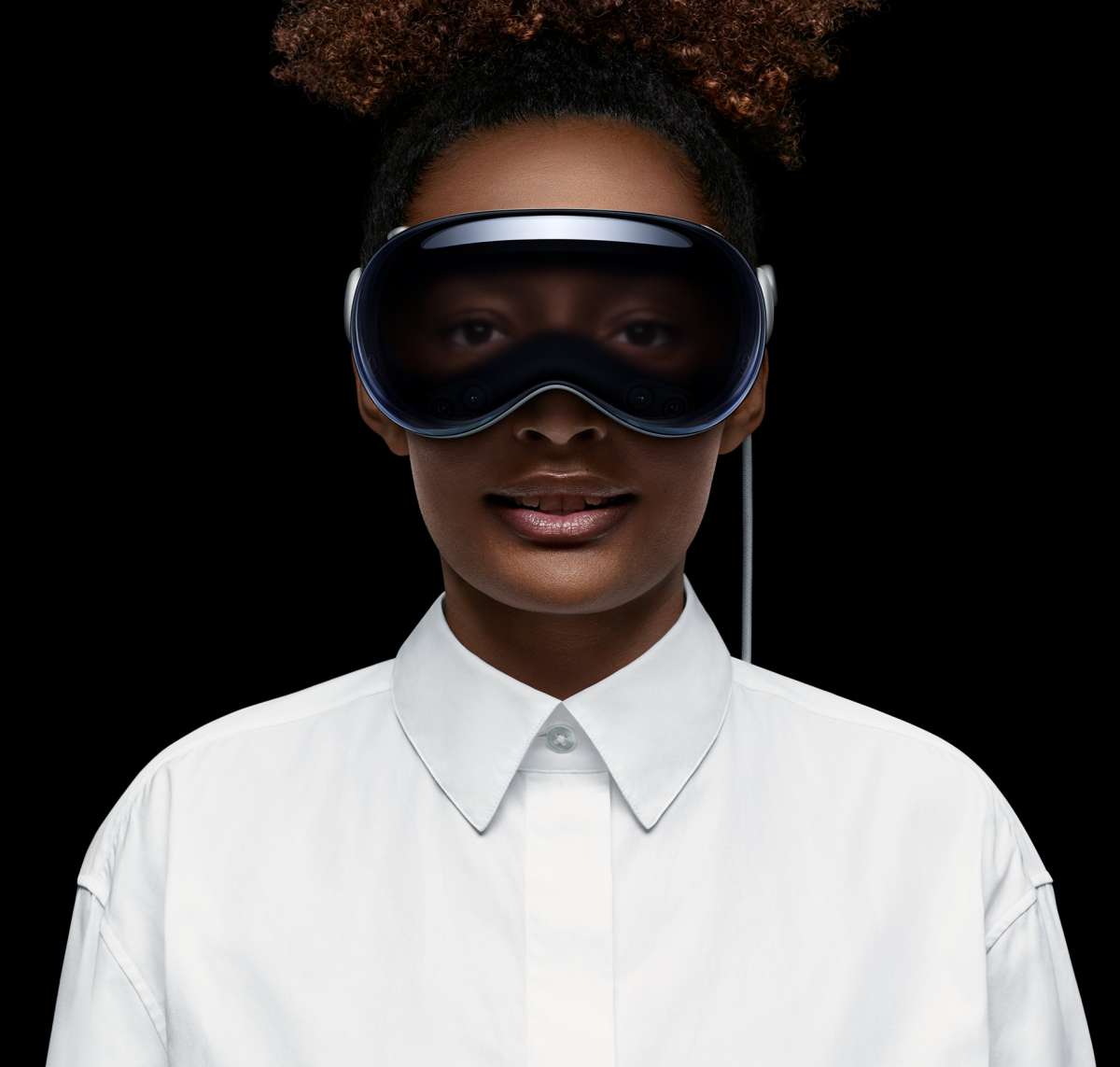In the overall India smartphone market, Samsung remained at the top position for the third consecutive quarter with an 18 per cent share….reports Asian Lite News
India is now among Apple’s top 5 markets globally as the iPhone maker continued to lead the ultra-premium segment (Rs 45,000 and above) with a 59 per cent share in the second quarter of 2023, a report showed on Monday.
India’s premium smartphone segment, that grew 112 per cent (year-on-year) in the April-June period, now contributes a record 17 per cent to its overall shipments, according to Counterpoint Research.
In the overall India smartphone market, Samsung remained at the top position for the third consecutive quarter with an 18 per cent share.
The South Korean brand also surpassed Apple to regain its top position in the premium smartphone segment (Rs 30,000 and above) after one year with a 34 per cent share.
“However, Apple continued to lead the ultra-premium segment with a 59 per cent share. India is now among Apple’s top-five markets,” said research analyst Shubham Singh.
Vivo maintained its second position and was the only brand among the top five to experience annual growth. OnePlus was the fastest-growing brand in India’s smartphone market in Q2 with 68 per cent YoY growth.
“In Q2, OEMs saw improvement in the inventory and demand situation ahead of the coming festive season. Aggressive measures were implemented by
OEMs as well as channels during the quarter to clear existing inventory through multiple sales and promotions,” said senior research analyst Shilpi Jain.
“We believe brands will be coming up with interesting launches and offers to lure consumers during the festive season and 5G will be a big growth driver here,” she added.
In the case of Vivo, strong offline presence, growth of sub-brand iQOO in online, and multiple launches across price tiers facilitated this growth.
OPPO emerged as the top brand in the upper mid-tier range (Rs 20,000-Rs 30,000) segment with a 21 per cent market share.
In Q2, 5G smartphone shipments in India crossed the 100-million cumulative mark as 5G upgrades picked up pace driven by the expansion of 5G networks and availability of affordable devices, said the report.












